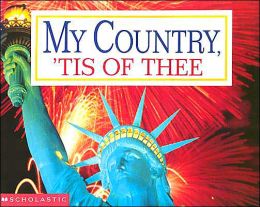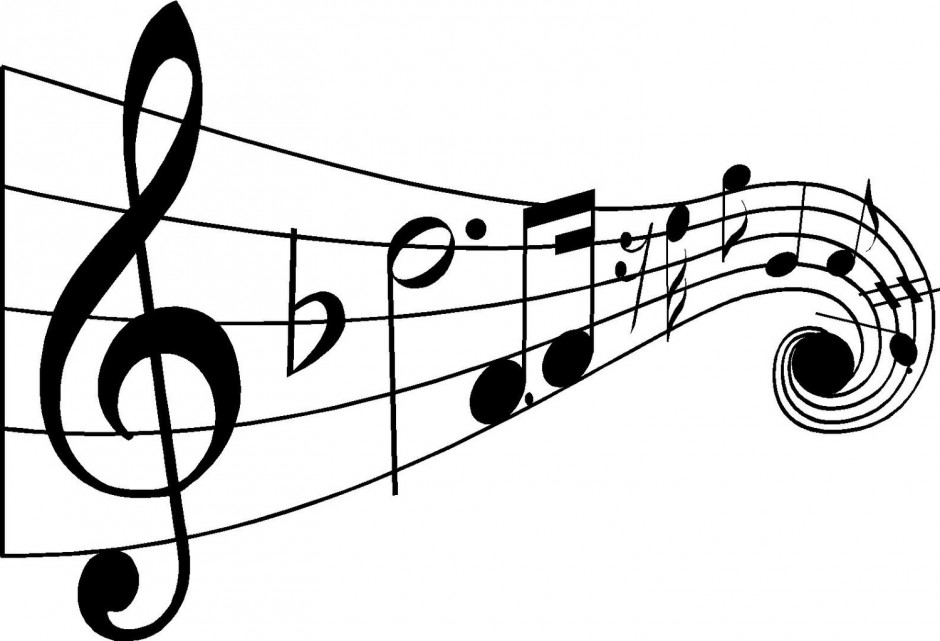Happy Presidents Day
/Our awesome director for our
homeschool group issued a challenge for everyone to sing all of the American Presidents by first name and last for Presidents Day. This task is part of the last week of our curriculum every year, but by the last week of school we are done and just ready to enjoy the Spring weather. We have memorized a few but never gotten them all down. This was the perfect time for the challenge (and I like things presented as a challenge). The twist this time was I told the kids
I
wanted to rise to the challenge. I did not ask them to do it. So I told my oldest daughter my goal for the first day was to memorize the first 25 presidents (we already knew the first 10 or so). It wasn't long before she was correcting me and helping me through them.
When we got home I began to sing the song again and my middle child plugged her ears. My oldest promptly said, "No, we have to help mom. She is trying to do mommy masters!" My other daughter unplugged her ears and began to help too. The neighbor kid even got involved in helping me! After two days of helping mom learn how to sing her presidents we could all sing all of the presidents in order! My three year old is also aspiring to sing them. I never told them they had to learn them. I told them I wanted to learn them and modeled how I was going to go about it for them and with them. They were so excited to help me, and I was so excited we all learned them.
As a tutor for CC I have noticed that I am such a better teacher for my own kids when I have to have the information memorized ahead of time. I challenge other parents to memorize the work ahead of time, or learn it out loud with your children so they can learn how to learn.
In the music classes I teach we have begun to add in a traditional American song here and there. I love the Schoolastic books for the songs. They have great pictures to help explain the words and meaning of the songs. You can click on the titles to see them at Amazon.
"
Francis Scott Key was a gifted amateur poet. Inspired by the sight of the American flag flying over Fort McHenry the morning after the bombardment, he scribbled the initial verse of his song on the back of a letter. Back in Baltimore, he completed the
and copied them onto a sheet of paper, probably making more than one copy. A local printer issued the new song as a broadside. Shortly afterward, two Baltimore newspapers published it, and by mid-October it had appeared in at least seventeen other papers in cities up and down the East Coast.
This
of the Star-Spangled Banner was performed on original instruments from the National Museum of American History's collection. Arranged by G. W. E. Friederich, the music is played as it would have been heard in 1854.

"Samuel Francis Smith wrote the lyrics to "My Country 'Tis of Thee" in 1831,
while a student at the
in
. His friend
had asked him to translate the lyrics in some German school songbooks or to write new lyrics. A melody in
's Symphony No. 3 caught his attention. Rather than translating the lyrics from German, Smith wrote his own American patriotic hymn to the melody, completing the lyrics in thirty minutes.
Smith gave Mason the lyrics he had written and the song was first performed in public on July 4, 1831,
at a children's
celebration at
in Boston. First publication of "America" was in 1832.
"

"
In 1893, at the age of 33, Bates, an English professor at
, had taken a train trip to
, Colorado, to teach a short summer school session at
. Several of the sights on her trip inspired her, and they found their way into her poem, including the
in Chicago, the "White City" with its promise of the future contained within its alabaster buildings; the wheat fields of America's heartland
, through which her train was riding on July 16; and the majestic view of the
from high atop Zebulon's
.
On the pinnacle of that mountain, the words of the poem started to come to her, and she wrote them down upon returning to her hotel room at the original
. The poem was initially published two years later in
The Congregationalist
to commemorate the Fourth of July. It quickly caught the public's fancy. Amended versions were published in 1904 and 1913."

"
The Pledge of Allegiance was written in August 1892 by Francis Bellamy (1855–1931), who was a
minister, a
,
and the cousin of socialist utopian novelist
(1850–1898). The original "Pledge of Allegiance" was published in the September 8 issue of the popular children's magazine
as part of the National Public-School Celebration of
, a celebration of the 400th anniversary of
's arrival in the Americas. The event was conceived and promoted by James B. Upham, a marketer for the magazine, as a campaign to instill the idea of American
in students and sell flags to public schools.
According to author Margarette S. Miller this was in line with Upham's vision which he "would often say to his wife: 'Mary, if I can instill into the minds of our American youth a love for their country and the principles on which it was founded, and create in them an ambition to carry on with the ideals which the early founders wrote into The Constitution, I shall not have lived in vain.'"






